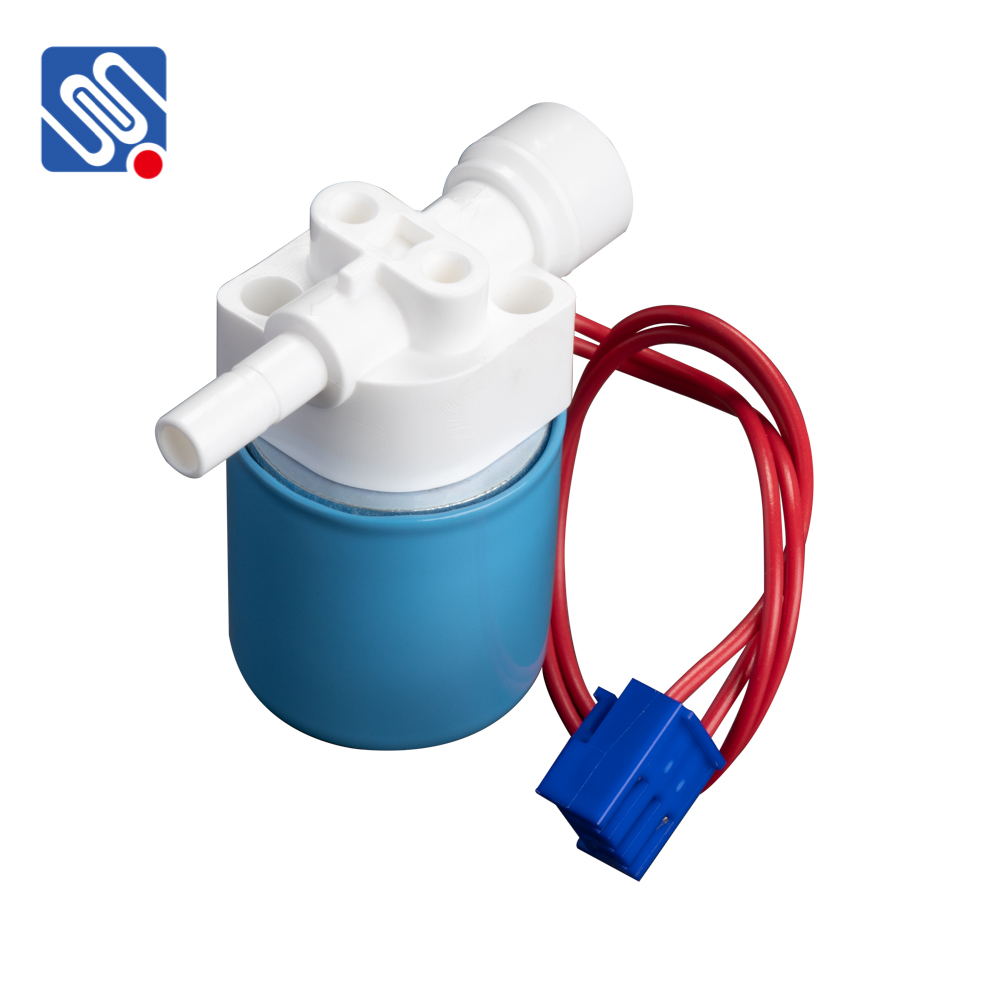understanding ro solenoid valve: a crucial component in reverse osmosis systems
Release time:2025-06-18 06:11:39
The Reverse Osmosis (RO) solenoid valve plays a vital role in water purification systems, especially in reverse osmosis water treatment applications. RO systems are commonly used in various industries and household water filtration setups to remove impurities, contaminants, and dissolved solids, producing clean and safe drinking water. The solenoid valve, being a key component, ensures smooth operation by regulating the flow of water through the system. This article explores the functionality, types, and applications of RO solenoid valves, as well as their importance in maintaining system efficiency.

What is an RO Solenoid Valve?
An RO solenoid valve is an electromechanical valve used to control the flow of water within a reverse osmosis system. It operates based on an electrical signal to either open or close the valve. The solenoid valve consists of a coil of wire (the solenoid) that, when energized, creates a magnetic field that moves a plunger or valve mechanism. This allows the valve to either permit or block the water flow. Solenoid valves are usually designed to be either normally open or normally closed, depending on the specific application and the system's requirements.
In the context of RO systems, the solenoid valve is primarily responsible for controlling the water intake and discharge. It ensures that the right amount of water is allowed to pass through the filtration membranes while preventing contamination and maintaining system pressure.

